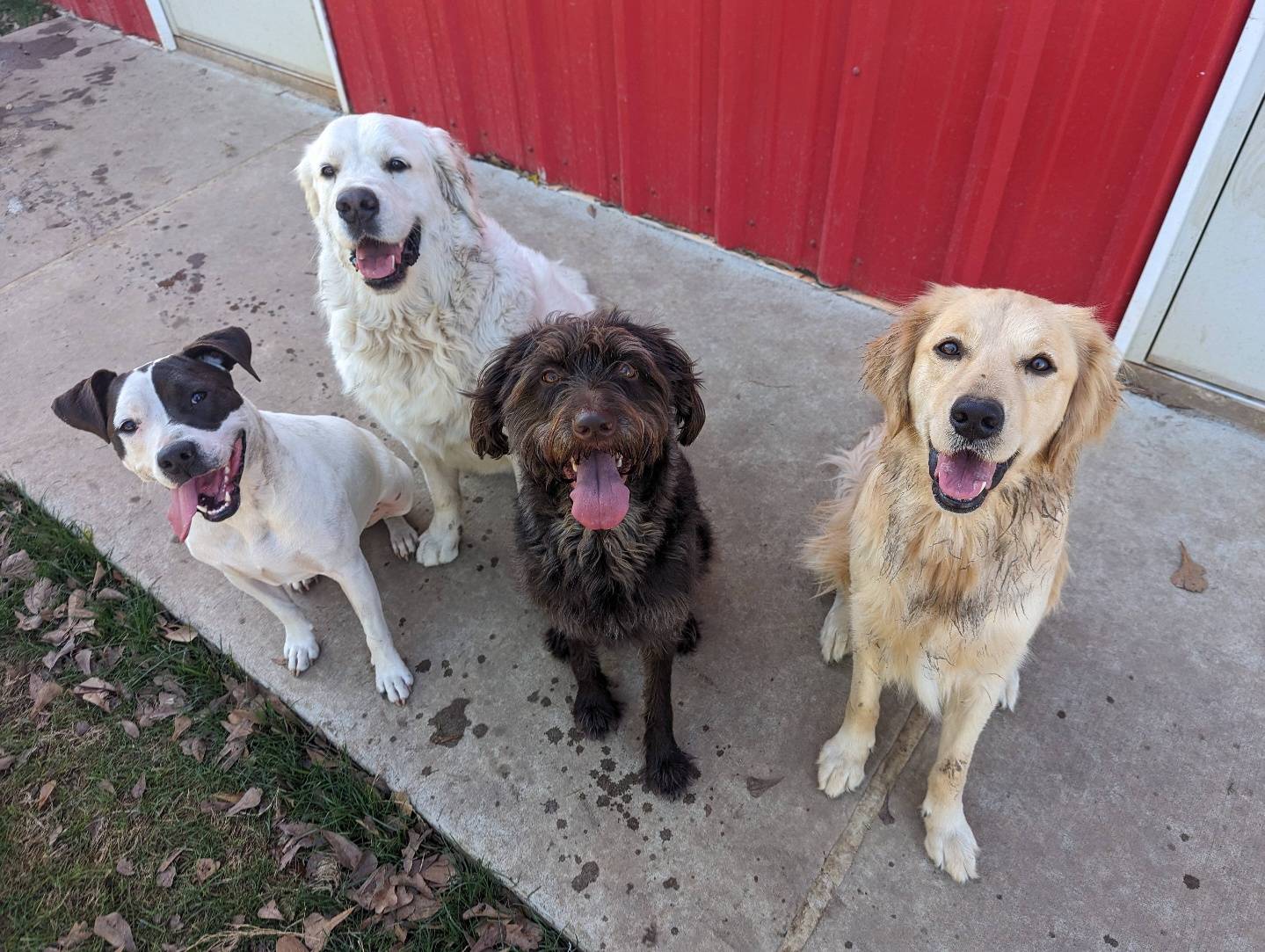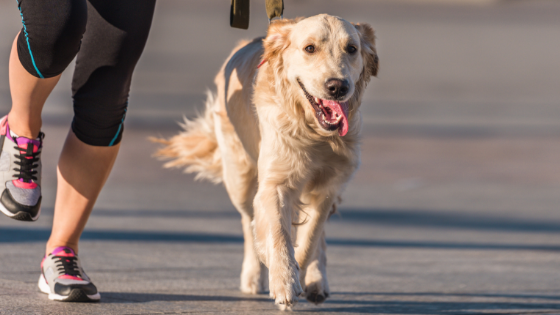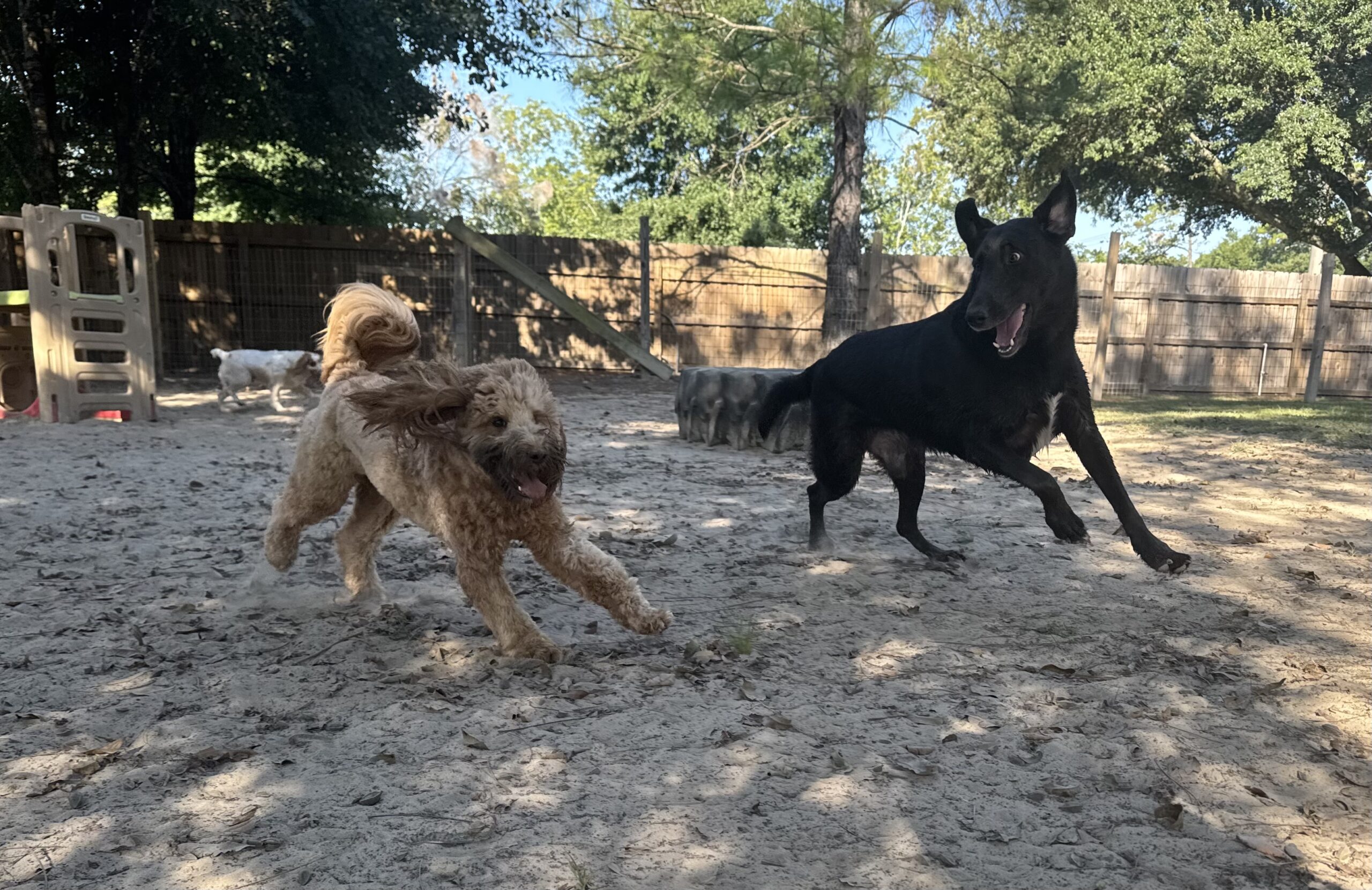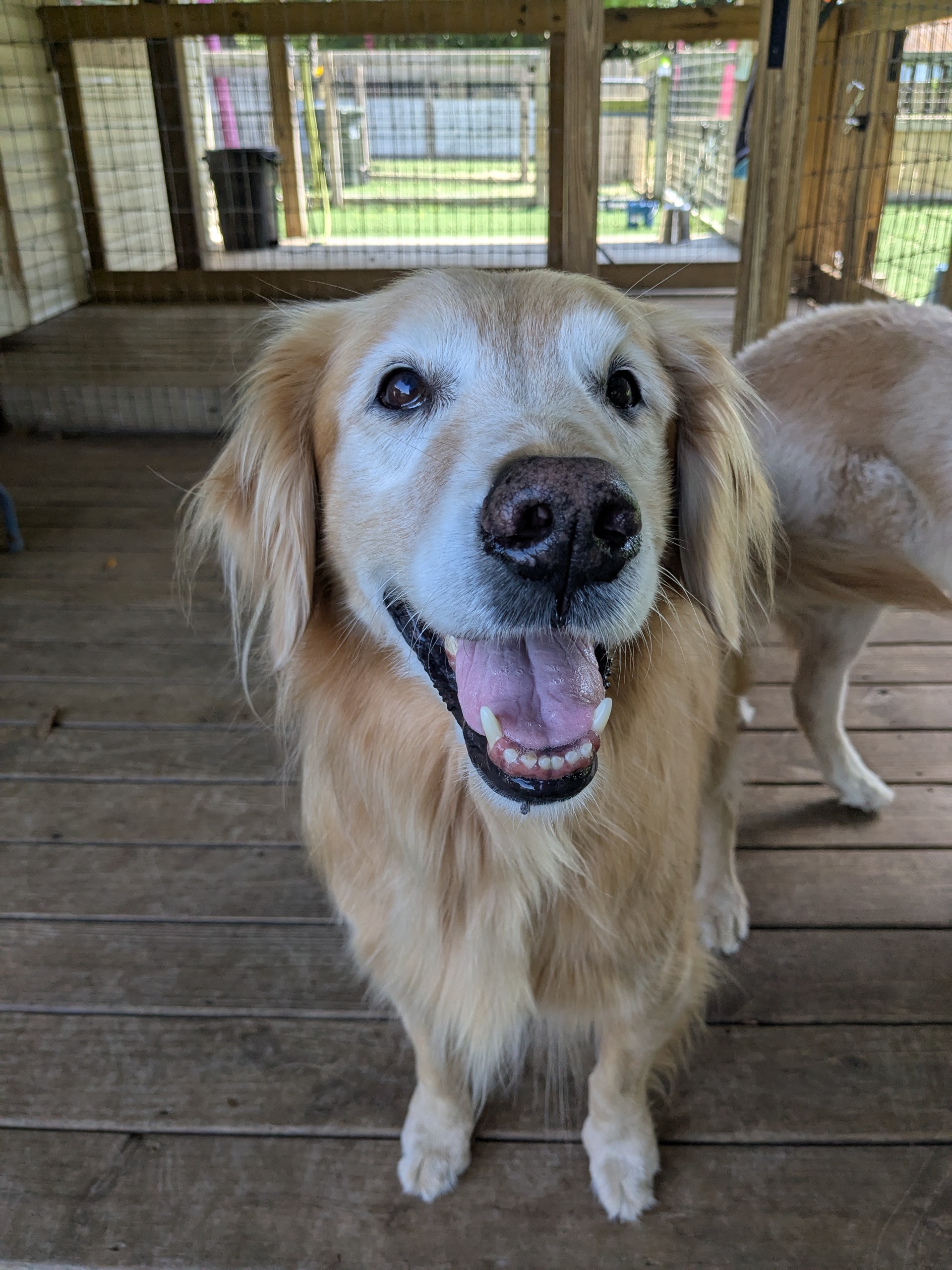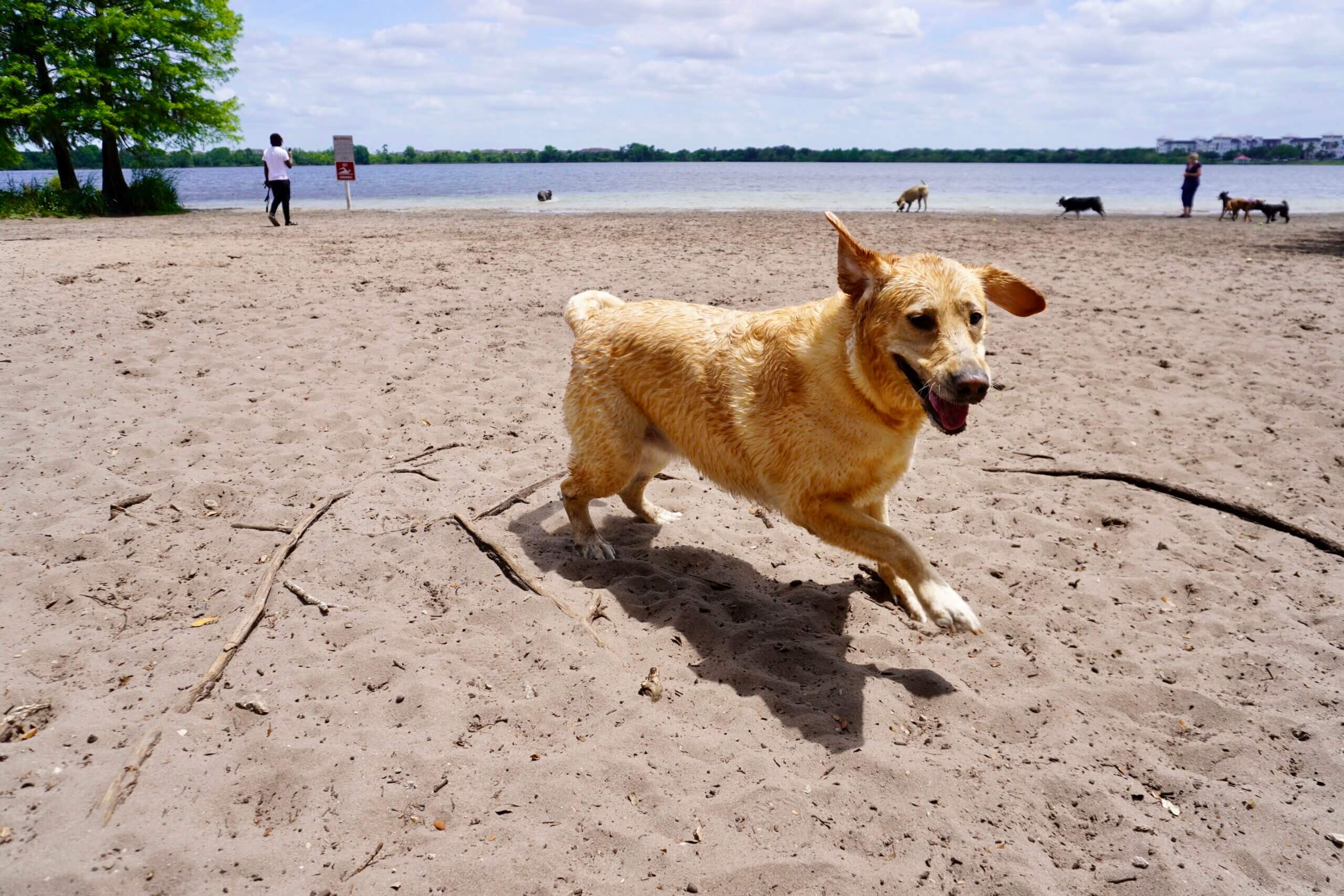Our dogs are more than pets—they’re family. And just like any family member, they deserve not only love and care, but also mental stimulation, play, and engagement that helps them thrive. That’s where enrichment toys come in. These clever creations aren’t just a source of fun—they’re essential tools for your pup’s mental and emotional well-being.
Whether you’ve got a high-energy herder, a curious little terrier, or a laid-back senior, there’s an enrichment toy out there that can add purpose and joy to their day. Let’s dive deep into why these toys matter, the science behind them, and which ones we (and our dogs!) can’t get enough of.
Why Mental Stimulation Matters for Dogs
We often think of physical activity when it comes to keeping our dogs healthy, but mental exercise is just as important. Dogs are intelligent, problem-solving creatures. In the wild, they would spend their days hunting, exploring, foraging, and navigating social dynamics within their pack.
In modern life, especially for indoor dogs or those without constant outdoor access, many of these natural instincts can go underused. Boredom and lack of stimulation can lead to behavioral problems like chewing, excessive barking, digging, or even anxiety. Just like humans, dogs need something to do with their minds to stay happy and balanced.
Enrichment toys help by simulating some of those natural problem-solving activities. They can provide structure to your dog’s day, help reduce destructive behavior, and even improve confidence in shy or anxious dogs.
The Different Types of Enrichment Toys
Enrichment comes in many forms, and so do the toys designed to support it. Some stimulate the nose, some challenge the mind, and others keep busy paws working for a reward. While there are many brands and options, these categories help you understand how different toys work and what kind of dog they’re best for.
Food Puzzle Toys
These are a go-to favorite. Food puzzle toys challenge your dog to work for their meal or treat by figuring out how to get the reward out. Some are as simple as a hollow toy stuffed with peanut butter, while others require flipping levers, spinning compartments, or solving multiple steps.
Why they’re great: They encourage slow feeding, can occupy your dog for a long time, and help with problem-solving skills.
Popular options: KONG Classic (stuffed with treats), Outward Hound’s Tornado Puzzle, Snuffle mats, and LickiMats.
Interactive Toys
These are toys that require your dog to interact and engage—often in ways that mimic real-world behaviors like digging or hunting. Think of a plush log with squeaky chipmunks inside, or a toy that rolls and dispenses treats based on movement.
Why they’re great: They tap into your dog’s natural instincts and give them something productive to do, especially when they’re home alone or need to burn off energy indoors.
Popular options: Hide-a-Squirrel, treat-dispensing balls, and burrow-style toys.
Chew-Based Toys
Some dogs just love to chew, and providing a safe outlet is crucial. Chew toys come in a variety of materials, from tough nylon to softer rubber, and some are flavored to keep dogs interested.
Why they’re great: They satisfy the natural urge to chew while promoting dental health and offering hours of entertainment.
Popular options: Benebone, Nylabone, and antler-style chews.
Sensory and Scent Toys
Dogs have incredible noses. In fact, their sense of smell is up to 100,000 times more sensitive than ours. Toys that challenge their nose with hidden treats or scent trails are incredibly satisfying.
Why they’re great: They can tire out your dog in a mentally satisfying way without physical overexertion.
Popular options: Snuffle mats, treat balls, and scent training kits.
How to Choose the Right Enrichment Toy
When it comes to enrichment toys, there’s no one-size-fits-all. You’ll want to consider your dog’s breed, personality, and preferences. Some dogs are super chewers. Others are food motivated. Some get bored quickly and need something new often, while others will be happy with the same puzzle every day.
Puppies benefit from simpler toys that are gentle on baby teeth and help with teething. Seniors may enjoy softer materials and slower-paced puzzles. High-energy breeds need a challenge that engages both mind and body.
Watch your dog’s reaction to each toy. Are they engaged and focused? Frustrated? Bored after a few minutes? Use that as a guide to rotate toys, introduce new challenges, or find alternatives.
DIY Enrichment Toy Ideas
You don’t always need to buy fancy toys to engage your pup’s brain. Some of the best enrichment activities can be made from items you already have at home.
Try hiding treats in an empty muffin tin and covering each one with a tennis ball. You can also use old towels to roll up treats and let your dog unroll them. Cardboard boxes filled with crumpled newspaper and hidden snacks are another fun option for scent-driven dogs. Just always supervise to prevent any dangerous chewing or ingestion.
Frozen treats in ice cube trays, old plastic bottles with a few holes and treats inside, or even rearranging your furniture slightly for a “new environment” can stimulate your dog’s senses and curiosity.
How to Introduce Enrichment Toys to Your Dog
Start slow. If your dog has never used a puzzle toy before, begin with something easy and build up. Celebrate when they solve the puzzle and get their treat. This keeps them motivated and prevents frustration.
Use enrichment toys as part of your routine. A snuffle mat in the morning, a chew toy during the afternoon, and a puzzle feeder at dinnertime can provide structure and variety. Rotate toys regularly to keep things interesting—just like kids with their toy boxes, dogs appreciate novelty.
Most importantly, make enrichment time a positive experience. Your excitement and praise will encourage your dog to dive in and engage fully with the toy or activity.
Long-Term Benefits of Enrichment
The benefits of consistent mental stimulation go far beyond just entertainment. Dogs that regularly engage with enrichment toys often show lower levels of stress and anxiety. They’re less likely to exhibit destructive behaviors and tend to be more content and well-behaved overall.
Enrichment toys can also help prevent cognitive decline in older dogs, support recovery in anxious or traumatized pets, and improve the bond between you and your pup by giving you opportunities to play, reward, and connect.
If your dog struggles with separation anxiety or boredom while you’re away, introducing enrichment toys while you’re home can help them build a positive association that carries over when you leave.
Final Thoughts
We all want the best for our dogs. Toys may seem like a small part of their life, but the right enrichment can make a world of difference. From keeping your shoes safe from chewers to helping a nervous pup build confidence, the impact of mental stimulation is powerful and lasting.
Whether you buy a high-end puzzle, get creative with a DIY project, or simply hide a few treats around the living room, every little bit of enrichment is a step toward a happier, healthier dog. Watch how your dog lights up when they have a job to do, a puzzle to solve, or a new toy to explore. That spark of curiosity and joy is exactly why we do it.
Enrichment isn’t just a luxury—it’s a necessity. So next time you’re shopping for your pup, skip the cute outfit and reach for something that will work their brain. Trust us, your dog will thank you.


